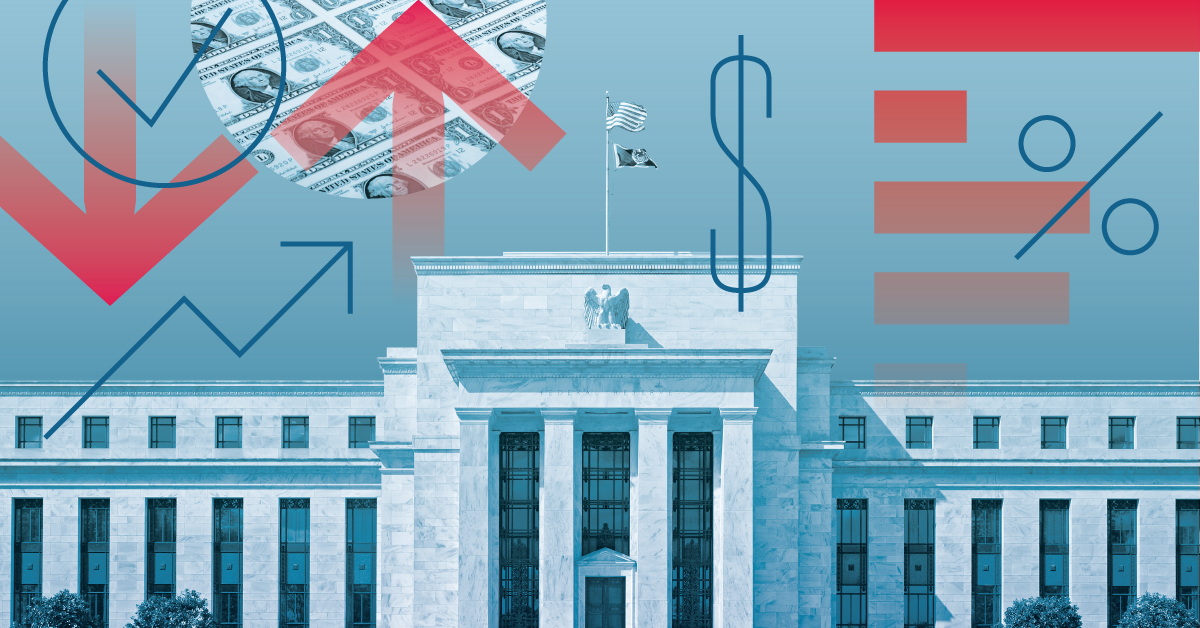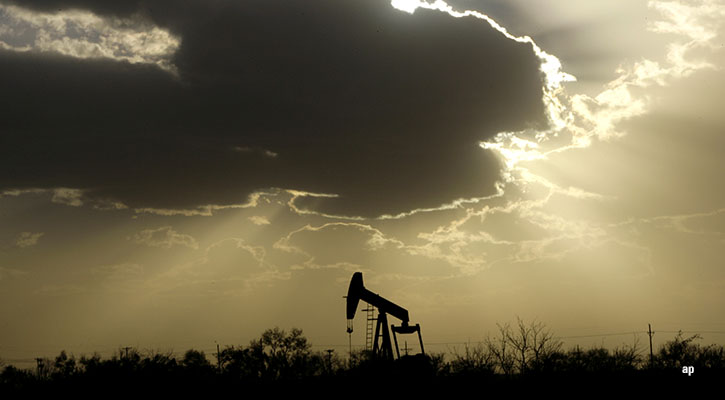
While the April Consumer Price Index report showed that upward pressure on prices moderated a touch last month, inflation continues to take a meaningful bite out of Americans’ wallets.
The report showed prices rising on shelter costs – which includes rents – along with used cars and trucks and the index used to track gasoline prices.
However, the overall annual inflation rate ticked down to 4.9% in April from 5% in March, standing well below December’s 6.5% annual rate and readings north of 8% last summer.
For investors, this likely leaves the Fed on track in June to hit the pause button after interest-rate increases at 10 consecutive policy setting meetings.
However, the Fed is seen as needing further improvement in inflation before lowering interest rates, barring a sudden negative shock to the economy. Ithas raised interest rates aggressively over the past year in order to slow the economy and push inflation down toward its 2% target rate as measured by the Personal Consumption Expenditures price index.
“Today’s report was a mixed bag in terms of progress against inflation,” says Morningstar’s chief economist Preston Caldwell. “But without signs of inflation getting worse, we still expect the Fed to pause on rate hikes at its next meeting in June.”
The Fed last week raised its target for the federal-funds rate by 0.25 point to a range of 5.00%-5.25% and removed language from its official statement suggesting that additional rate increases were likely. While observers widely expect the Fed to hold rates steady in June, bond traders in the futures market have gone a step further, placing bets that reflect expectations for the Fed to start cutting interest rates as soon as September, if not July.
The Bureau of Labor Statistics reported the CPI rose 0.4% in April from the previous month, in line with economists’ forecasts and up from a 0.1% reading in March. Excluding volatile food and energy costs, the CPI rose 0.4% in April, also near economists’ expectations and at the same pace as in March.
Digging deeper into the April report, the majority of price increases for the month came from shelter, used cars and trucks, and gasoline. Food prices were unchanged for the second month in a row. Grocery prices fell 0.2% over the month, while restaurant prices rose 0.4%.
In addition to increases in shelter costs and used cars and trucks, the 0.4% increase in core CPI was also driven by motor vehicle insurance, recreation, household furnishings and operations, and personal care. Airline fares and new vehicle prices decreased over the month.
Good News on Food and Energy Costs
Overall CPI inflation has averaged a 3.2% annual rate in the past three months, Caldwell notes, with core inflation increasing at a rate of 5.1%.
“While we normally focus on core inflation as a gauge of inflation’s underlying current, it’s encouraging that food and energy are helping to push down the overall index,” Caldwell says. “While oil prices had been the main driver of this back in the second half of 2022, now we’re seeing lower natural gas prices bring down household utility bills.”
In addition, Caldwell says, food price inflation has collapsed as supply chains have improved. “These factors should continue to play out over the next year.”
Housing Inflation Still Rising
As core inflation has held steady in recent months, shelter/housing inflation moderated in April to a 7.2% rate when measured on an annualized three-month moving average as of April, according to Caldwell. That’s down from 9% as of January. Meanwhile, he says, core inflation excluding shelter has increased to 3.6% annualized as of April from 1.5% as of January.
“The progress on housing inflation is something we had expected, as leading-edge data was already pointing to a cooldown in rent growth, and housing demand remains weak,” Caldwell says. “We expect housing inflation to return to normal over the next year.”
Durable Goods Prices Jumped, for Now
“The main driver of the rebound in core inflation excluding shelter has been durable goods,” Caldwell says. Inflation for durable goods has increased to 4.5% (annualized three-month moving average) as of April, according to Caldwell, up from negative 6.8% as of January. “About half of this rebound is attributable to a rebound in used car prices, although we’ve seen an uptick in other areas like furniture and electronics.”
Caldwell says the jump in durable goods inflation isn’t a major concern, “as supply chains have been drastically improving by virtually any measure.” Durables prices are still well above their prepandemic trend, he says, “but they should eventually converge much of the way back to that trend in response to normalized supply chains.”
In April, energy prices rose just 0.6% over the month after falling 3.5% in March, which was their steepest decline since August 2022. Within the energy component for April, gasoline prices rose 3.0% while fuel oil prices fell 4.5%.
Prices for used cars and trucks jumped 4.4% over the month. New vehicle prices dipped 0.2%, and airline fares fell 2.6%.
Markets Prepare for an Interest-Rate Pause
“We still think that the Fed will pause on further rate hikes for now, so long as inflation doesn’t show signs of accelerating—which isn’t manifest in today’s report,” Caldwell says.
The great majority of market participants now expect the federal-funds effective rate target to hold steady at its current range of 5.00%-5.25% at the Fed meeting on June 14, according to the CME FedWatch Tool. Expectations haven’t changed materially from their week-ago levels.
“While progress has been slower than hoped, inflation has already fallen greatly compared with its peak. The Fed’s previous tightening still probably has a long way to play out in terms of slowing down the U.S. economy.” Caldwell says the current situation argues for a period of wait-and-see.
Further out, the majority of market participants now foresee the Fed lowering its target rate back to a range of 4.25%-4.50% by December. Less than 1% of market participants expect the current rate to hold steady through the end of the year.






.jpg)






.png)








